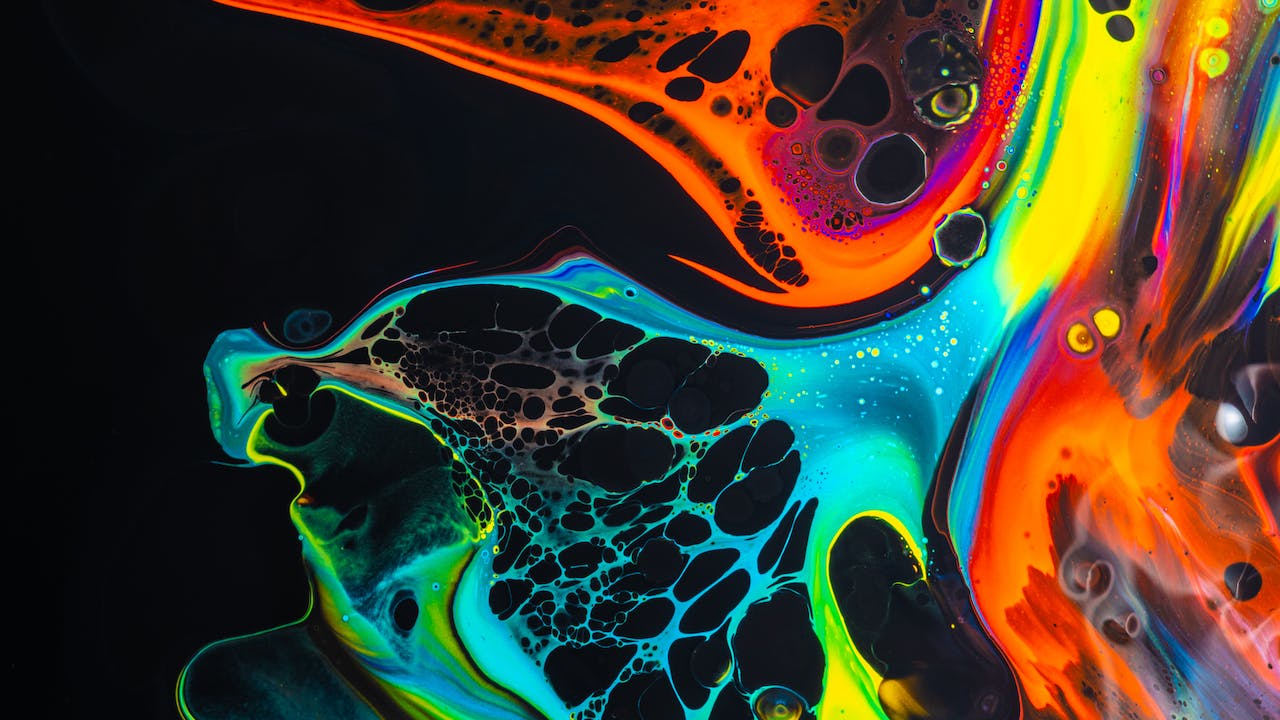In the ever-evolving realm of graphic design, creativity is the currency that drives innovation and sets trends. Graphic design prompts play a pivotal role in this creative economy, serving as catalysts that ignite the imagination of designers, from novices to seasoned professionals. These prompts are not just tasks or assignments; they are gateways to uncharted territories of creativity and skill. This comprehensive guide delves deep into the world of graphic design prompts, offering insights and strategies to harness their full potential.
Understanding Graphic Design Prompts:
- Definition and explanation of graphic design prompts.
- Historical context and evolution of prompts in the graphic design world.
- Types of graphic design prompts (e.g., conceptual, technical, thematic).
At its core, a graphic design prompt is a challenge or a task, often framed as a question or a statement, intended to spur creative thinking and technical skills in the field of graphic design. Tracing back their origins, these prompts have been integral to the discipline, evolving alongside technological advancements and changing aesthetic sensibilities. They vary widely – from conceptual challenges that push the boundaries of imagination to technical exercises that hone specific design skills.
The Significance in Learning and Professional Growth:
In educational settings, such as art schools and online courses, graphic design prompts are indispensable tools. They simulate real-world challenges, preparing students for the demands of the design industry. In professional circles, these prompts are not just about skill development; they’re also about fostering a culture of continuous learning and collaborative growth. Successful case studies from across the industry highlight how prompts have led to breakthrough ideas and innovation.
Maximizing the Potential of Design Prompts:
The key to effectively using graphic design prompts lies in their selection and application. Designers must choose prompts that align with their skill level and creative objectives. As one progresses, embracing more complex challenges becomes crucial. These prompts are not just about flexing creative muscles; they’re about finding a harmonious balance between imaginative freedom and technical precision.
A Kaleidoscope of Prompts and Their Impact:
This section would showcase a variety of prompts, each opening doors to different styles and techniques in graphic design. From conceptualizing a brand identity for a fictional company to reimagining a classic book cover, the prompts are as diverse as the outcomes they produce. This segment would also feature examples of designs birthed from these challenges, illustrating how they serve as a springboard for creativity and skill enhancement.
Tailoring Prompts to Fit Your Journey:
Graphic design is a field of diverse disciplines – web design, branding, illustration, and more. Each area can have prompts specifically tailored to its unique challenges. Whether working on solo projects or in team settings, customizing prompts to fit specific needs and goals is vital. This section would also guide on creating personal prompts for unique challenges, adding a dimension of personalization to the learning and creative process.
Navigating Resources and Communities:
The final section would serve as a guide to the vast resources and vibrant communities centered around graphic design prompts. From online platforms where designers share and critique work based on prompts to books that offer curated challenges, the resources are plentiful. Engaging with these communities not only provides fresh perspectives but also opens up networking and collaborative opportunities.
Final Thoughts:
Graphic design prompts are more than just exercises; they are the seeds from which creative and professional growth sprouts. This guide, while comprehensive, is merely a starting point. The true journey begins when one steps out to experiment with these prompts, pushing the boundaries of what’s possible in the world of graphic design. Embrace these challenges, share your experiences, and never stop exploring.

